By Jared Culp
I was never a good driver. It both bored and terrified me. There are basic rules of the road that you need to follow. We are also locked into an agreement with others that they too will follow the rules of the road. Terrifying to think that the whole system hinges on the basic tenets of attention and trust.
“1) Keep your eyes on the road. 2) Look both ways. 3) Make a full stop for oncoming traffic or pedestrians.…”
I wasn’t particularly good at following these basic tenets. Perhaps this fact explains my three failed attempts to pass the driving test before finally securing a license. The idea of having to focus outside my vehicle for an extended period of time was less than appealing. The issue of a short attention span was totally counterproductive to road rule number one: “Keep your eyes on the road.”
Four years ago, after crashing my Volkswagen Love Bug, I decided to go carless. I really needed a break. The altruist in me figured being without a car would be liberating, forcing me to rely on the public infrastructure of a city that values car transportation. As a bonus, since I was never good at following the basic rules of the road anyway, I made a new rule for myself: “NEVER OWN A CAR AGAIN!” At about the same time of my declaration, Elon Musk announced plans to release driverless vehicles. This was great news, since I envisioned the possibility of car ownership eventually becoming outdated. By clinging to my previous stance on car ownership, had I simply become docile or, even worse, dependent? My parents were raised during the 1960s without the concept of a family car. They instead relied on community and public infrastructure, albeit for much different reasons. Now, neither of my parents could ever imagine not having a personal vehicle.
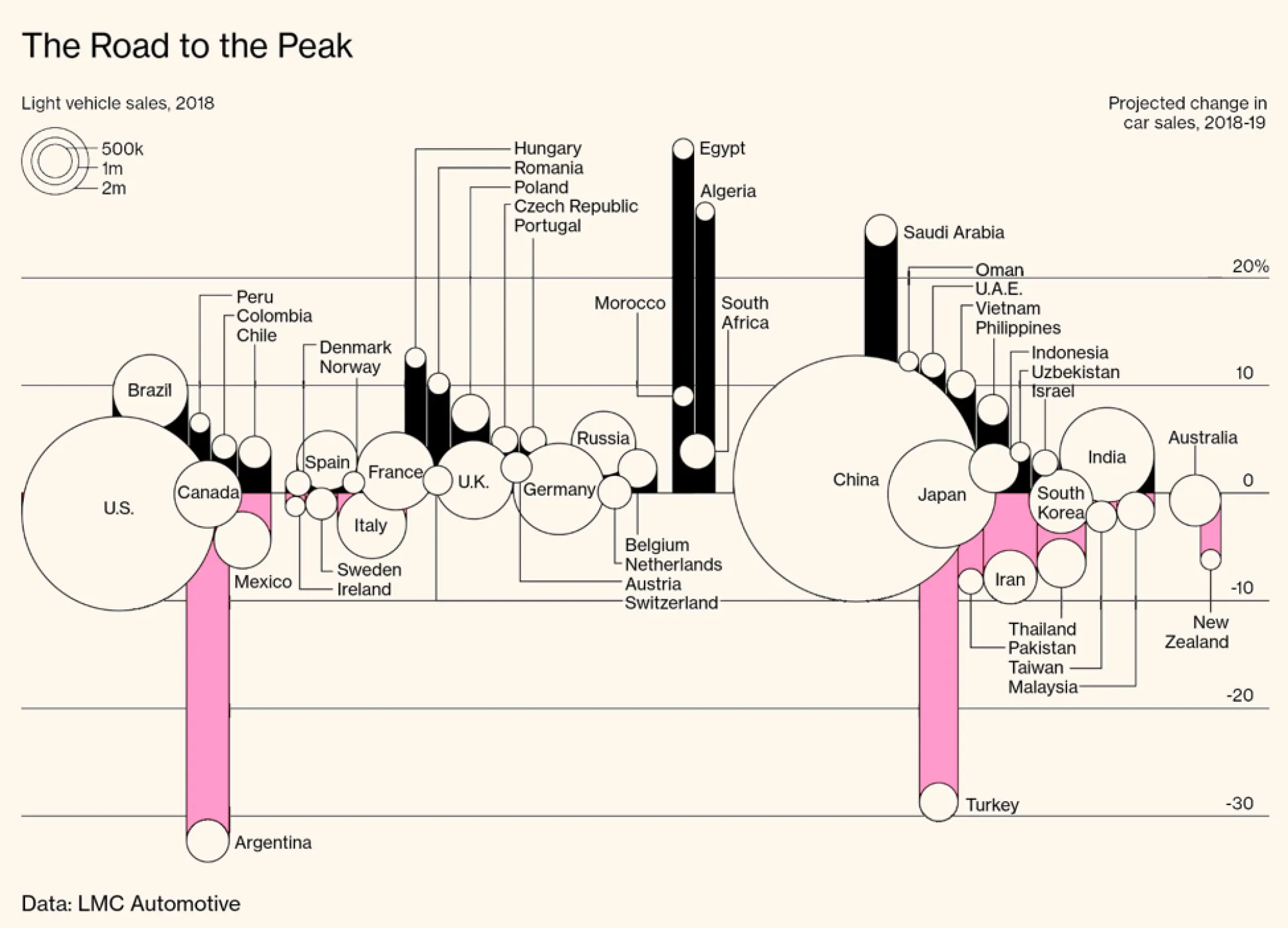
In Austin, as in other prototypical American cities, your car is the first line of defense. It’s a safe space and can serve as your security blanket for all seasons. Nearly 75 percent of the city's residents routinely drive in cars alone, meaning a four- to eight-person space is occupied by a single driver with no passengers.
This carless season of my life taught me to survive without this cumbersome creature comfort. My biggest takeaway, aside from needing a 30-minute buffer for my arrival on bike so I don’t look like a pool of sweat, is that a car is not an absolute necessity. I am not alone in this school of thought. Recent data revealed that approximately 25 percent of American children age 16 went on to earn a driver’s license in 2017, a sharp decline from 30 years prior, when half the US population received one. And why would they? We have Uber, Lyft, bike lanes, friends, and public transportation to help us get from Point A to Point B. Why would we want to deal with the maintenance? What value does it serve?
Recently, I have learned that self-imposed rules are meant to be broken. Since the earth-shattering recent health crisis accompanied by the country’s reawakening to racial injustice, I have been forced to reexamine my anti-car stance. During this time of increased confinement, a car serves as a source of freedom and privilege. It brings people together safely in a time when we can only see our neighbors through cloth masks and clear face shields.
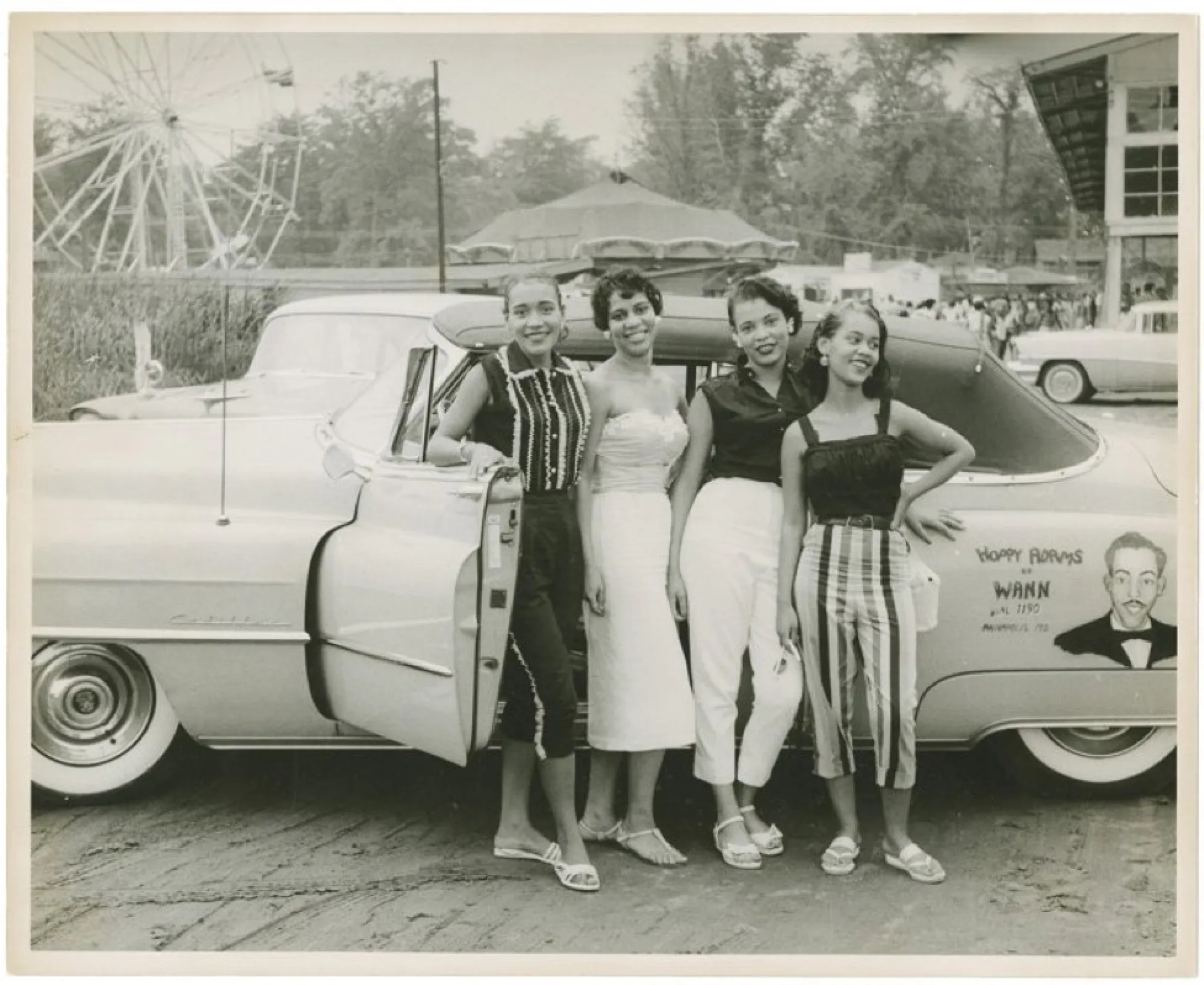
The car rose to prominence and the mainstream in the 1960s. By this time three quarters of Americans had a vehicle. This was when cars became a major status barometer. In 1960 gas cost only 32 cents per gallon. Vehicles averaged $2,650, less than half the median American income. Everyone wanted to join the car-ownership status club. Detroit was bustling with innovation, and car manufacturers were experiencing record growth. As part of the last stages of the Great Migration, a time period that saw Black Americans escape from racial oppression in the deep South to less racially divided northern cities like Chicago and Detroit. The prevalence of economic opportunities in Detroit’s auto industry served as a major attraction for unskilled laborers willing to work hard. Success and status seemed instantaneous for Black families previously relegated to low wages for extended hours of physical labor in places where car and/or homeownership were the impossible dreams.
The nation was in turmoil as evidenced by strict rules that segregated customers according to race on bus, train and subway systems. The vehicle was a rare and almost unobtainable way of obtaining freedom within segregation. It is significant to note that the gap has closed slightly, but Black Americans are still far less likely than the average American to own a car. Segregation within public transit and the city of Detroit came to a head following the 1967 Detroit riots. Mandated highways and infrastructure surfaced and extended to the suburbs, enabling white flight and resulting in the rapid melting away of inner-city opportunities. The jobs that had brought new economic opportunities to Black middle-class communities soon went away with the racial tension crescendo. What seemed like a certain future became a disposable asset to major corporations.
Upward economic mobility and physical mobility are inextricably linked to the rules of the road. A means to immobilize is far too similar to economic segregation that hinders actual physical mobility in this land of opportunity.
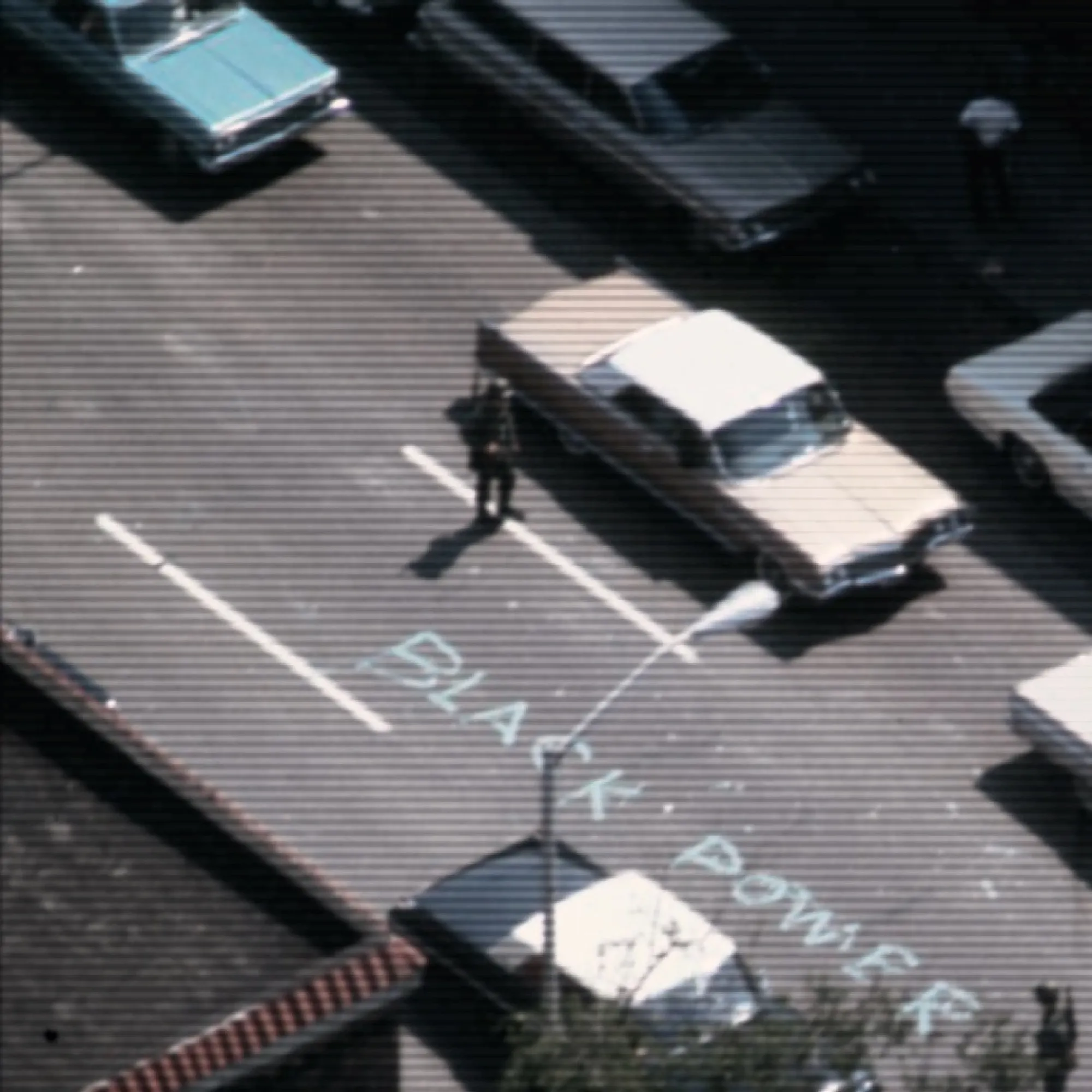
Since the 1960s, with the focus of contemporary innovation being centered on technology, the Southern and the Western states have proven to be prosperous and are seeing rapid growth in population and industry. Over the past decade we have seen the rules of the road become completely redefined. Innovators have generated a new status symbol in the smartphone as we begin to explore new ways of getting around. Ridesharing has become a mainstay in the booming gig economy as both young and old Americans explore new ways of working during this current time of economic uncertainty.
The ridesharing system approaches equity via a three-tiered financial process accompanied by unspoken status symbol rules. On the surface, the rules are clear and allow for a small degree of equity and access. However, status symbols of wealth and success are not lost during this transitional period in mobility. Similar to Detroit’s auto industry boom, these ridesharing jobs allow for economic opportunity and promise for unskilled or unemployed laborers. Physical mobility and upward economic mobility still go hand in hand.
The first season of the television show Ramy masterfully related the lure of the gig economy as they told the story of an Egyptian-American family navigating race, culture and technology in the US:
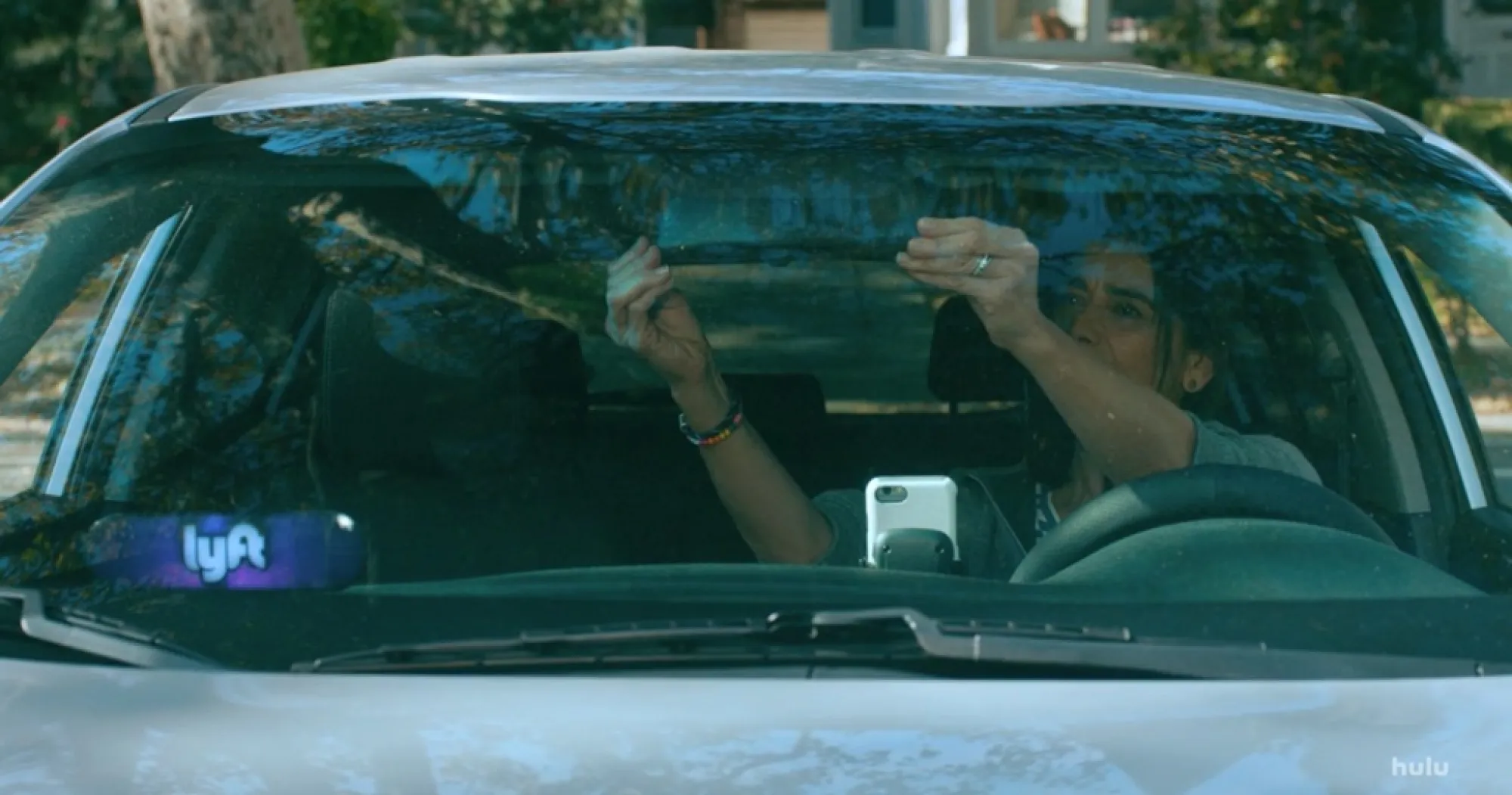
LYFT DRIVER
Never know what’s next. Never know who you’re going to meet, where they are going to take you. Every day is an adventure.
PASSENGER
So, you pick up strangers … all day?
LYFT DRIVER
Yeah. I mean they start off as strangers, but sometimes they become friends.
The system of ridesharing isn’t foolproof yet. The idea is to eventually create a system that works more like a well-oiled machine. Companies like Google, Uber and Tesla want the system to eventually become fully automated. The jobs of the gig workers might soon be overtaken by autonomous self-driving vehicles, replacing these opportunities and the new rules of the road that have been established and iterated over the past decade. Tesla continues to promise we will see a driverless car available for the masses within the next year, although that date has been subject to change. Is this just another example of squeezing out the hopes and dreams of drivers seeking independent wealth or upward mobility?
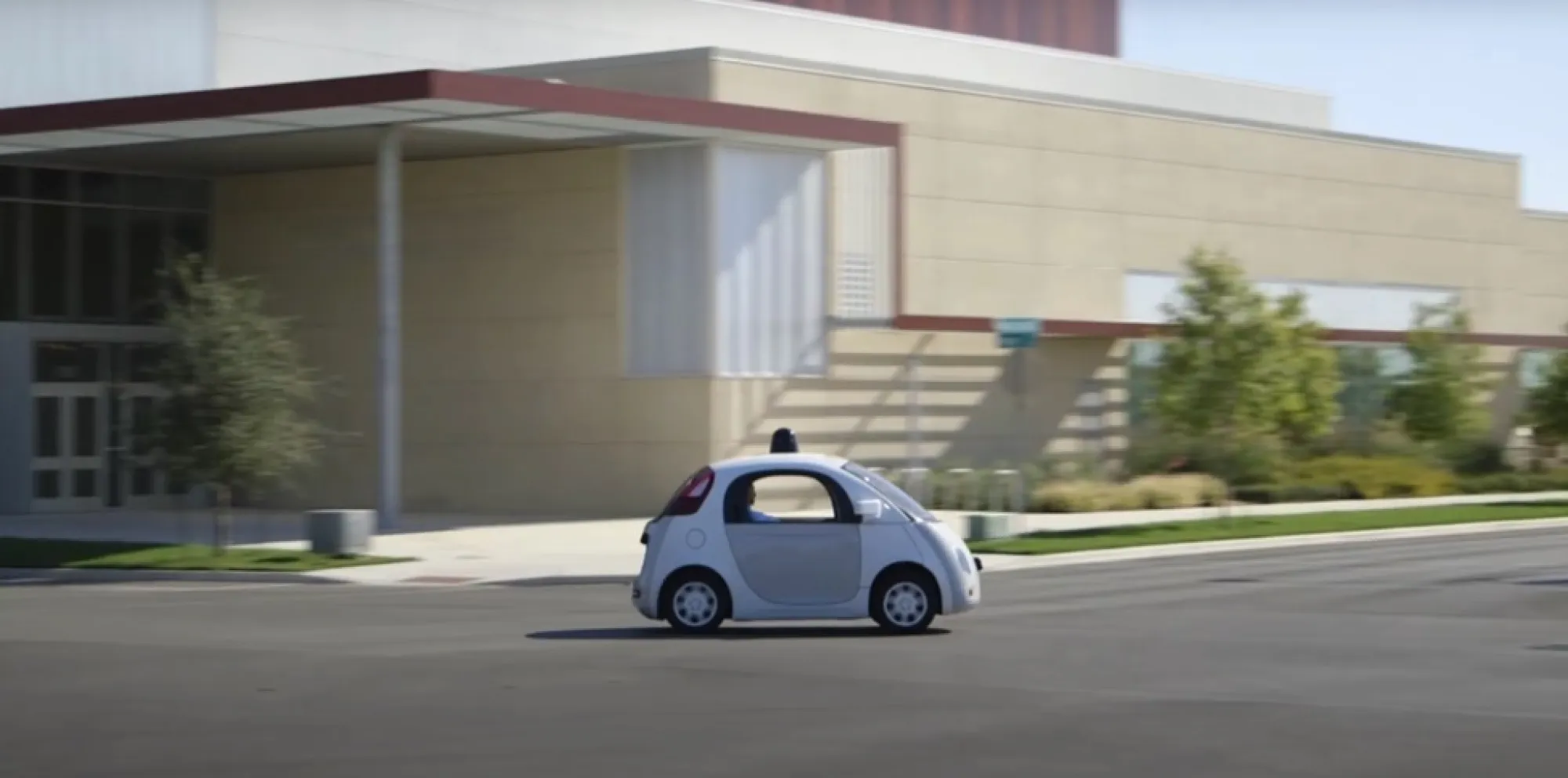
Last month Tesla saw a new record stock surge. Elon Musk made $2 billion in a single day, and they announced plans to open a second headquarters in Austin. Despite the pandemic, the company is powering forward and plans to make driverless commutes a reality. Unfortunately, the average Tesla factory worker or Uber/Lyft driver did not see an increase in payment along with Elon Musk. Not unlike the Detroit upheaval, we are seeing a renewed light being shown on the divide between economic mobility and physical mobility. We are on the cusp of a possible technological revolution while simultaneously facing a crisis not unlike the original motor vehicle boom, during which there was a huge divide in wealth and access. We must make sure that all Americans are able to prosper as major corporations grow and innovate. In the win-lose scenario, we all lose. The rules we make for the road will ultimately connect our fate.
Read more from the Journal of Design and Creative Technologies
Sources:
- https://www.bloomberg.com/news/features/2019-02-28/this-is-what-peak-ca…
- https://www.forbes.com/sites/michelinemaynard/2012/03/22/mad-men-and-th…
- http://www.austintexas.gov/edims/document.cfm?id=315730
- https://www.washingtonpost.com/sf/style/2015/09/02/americas-fading-car-…
- https://www.census.gov/prod/cen1990/cqc/cqc26.pdf
- https://money.com/wealth-gap-race-economic-justice/
- https://www.youtube.com/watch?v=_8sZ8tAkoNk
- https://www.youtube.com/watch?v=1CBwI3heojM
- https://oldurbanist.blogspot.com/2011/12/we-are-25-looking-at-street-ar…
- https://www.youtube.com/watch?v=X_d3MCkIvg8

